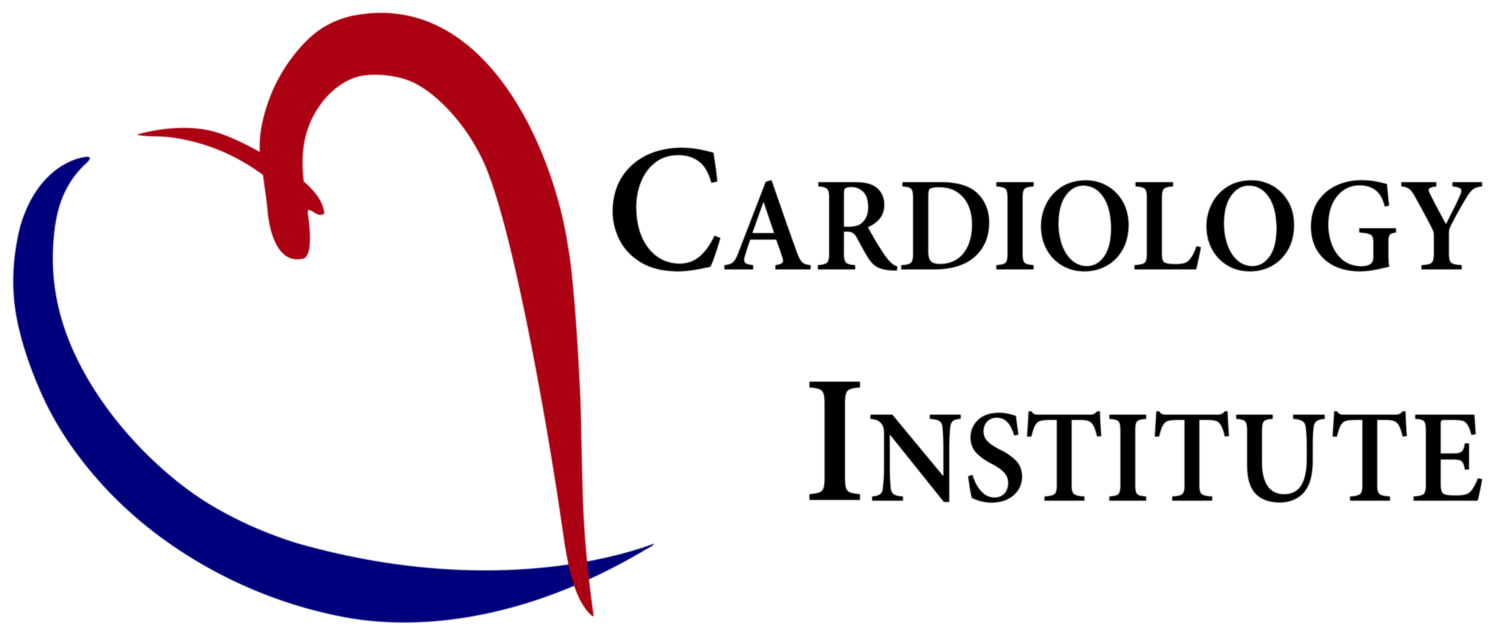Chest pain assessment
History and context
Risk profile
Why did the patient come today?
One or two tests
The history of chest pain
It concerns mismatch of oxygen supply and oxygen demand
Typical history would include (i) predictable pattern, (ii) effort related, (iii) relieved by rest, (iv) progressing over time
Tests?
High risk symptomatic – straightforward, ETT/ESE/Angio
High risk asymptomatic – unclear
Intermediate risk – difficult, but may require a combination of tests
Low risk symptomatic – CTCA or functional test
Low risk asymptomatic – no test
Tips
Interpretation of any test should be in the context of the clinical history and pre-test probability
The pattern of a symptom is more important than the absolute severity.
There is a reason they came today.
Bad things never go away; they get worse.
Risk is a changing variable. Risk is a lifelong continuum.
Family history is unmeasurable.
The European Society of Cardiology recently updated their chronic coronary syndromes (chronic stable angina) in 2019. Here is the link. Figure 2 is particularly useful to expand on the tests.
Author: Dr Seif El-Jack

